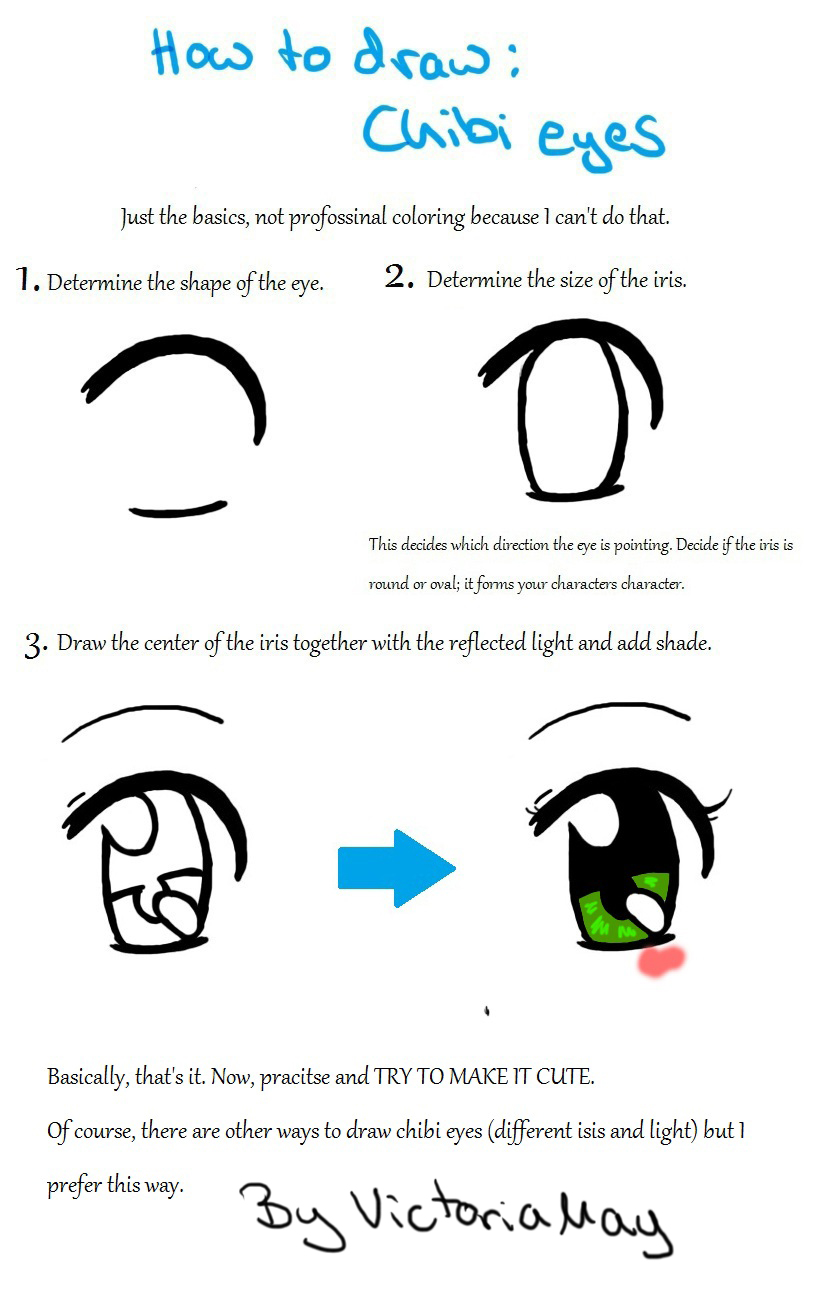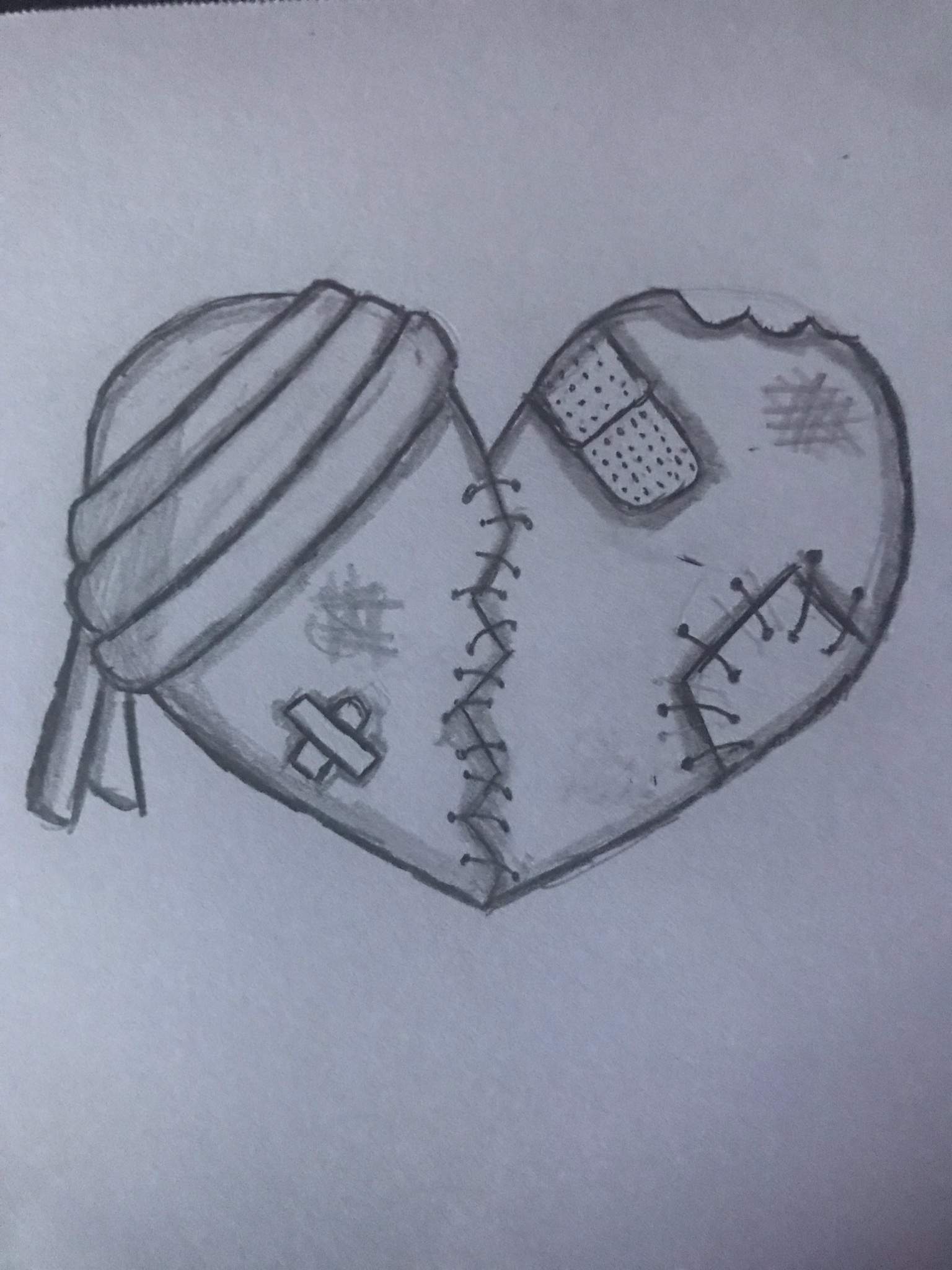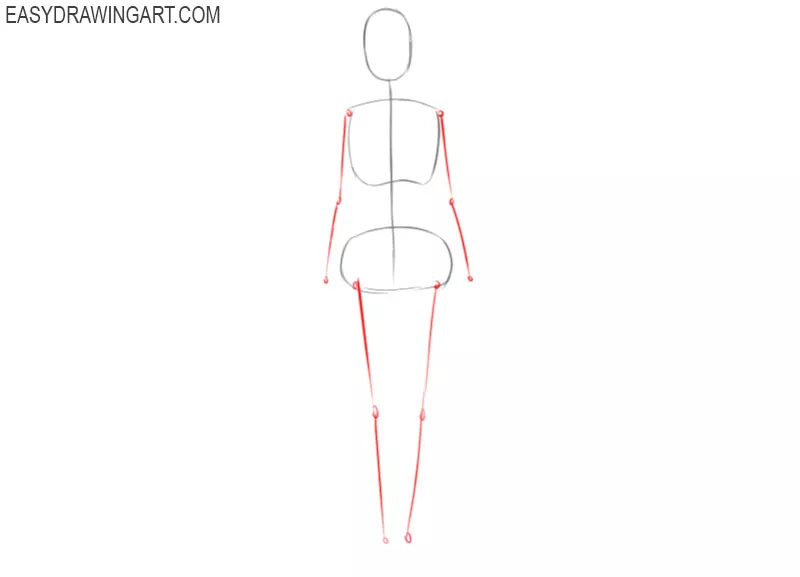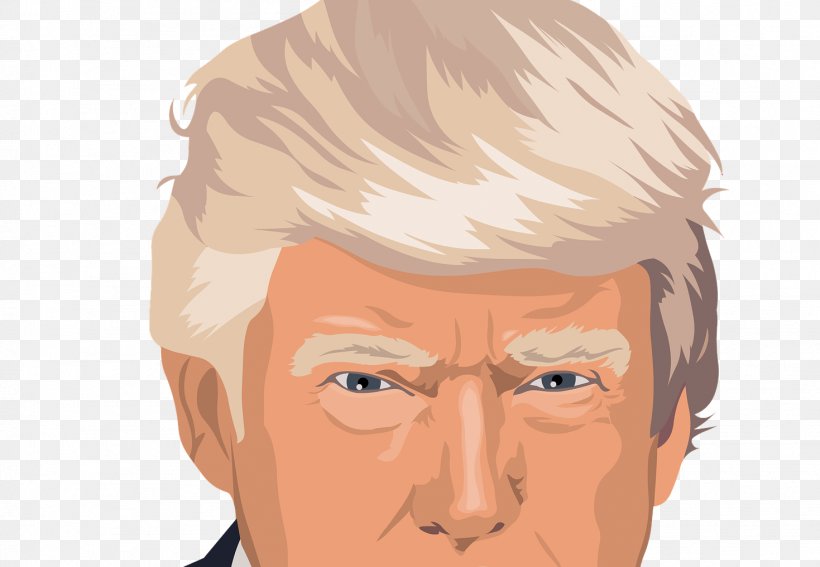How to draw fingers hand tutorials in 2020
Table of Contents
Table of Contents
If you’re an artist, you know how challenging it can be to draw realistic hands and fingers. Hands are one of the most difficult parts of the body to draw, and fingers are notoriously tricky. However, learning how to draw fingers is an essential skill for any artist who wants to create believable and expressive figures.
Many artists struggle with understanding how the joints in fingers work and how to represent them properly. Additionally, proportions and perspective can be difficult to master as well. These challenges can lead to frustration and self-doubt, but don’t give up! With practice and patience, you can learn how to draw fingers like a pro.
The key to drawing fingers realistically is to understand their basic anatomy. Each finger has three joints: the distal interphalangeal joint (DIP), the proximal interphalangeal joint (PIP), and the metacarpophalangeal joint (MCP). The MCP is the joint that connects the finger to the hand, while the PIP and DIP are located in the middle and at the tip of the finger respectively.
When drawing fingers, it’s important to study the proportions and relationships between these joints. Another important aspect is the position of the fingers relative to one another and to the hand as a whole. Taking the time to understand these nuances will make your finger drawings look more natural and expressive.
My Experience Learning How to Draw Fingers
When I first started drawing, I struggled with making my characters’ hands and fingers look realistic. It took a lot of practice and patience, but eventually, I came up with a few tips and tricks that helped me master this challenging skill.
One of the most helpful things I learned was to use reference images. I would study photographs of hands and fingers, paying close attention to the positioning of the joints and the way the fingers interacted with each other. Doing this helped me develop a better understanding of how to draw fingers and make them look realistic.
The Importance of Practice
As with any skill, practice is key when it comes to learning how to draw fingers. The more you draw, the better you’ll become. Start by sketching simple hand gestures and poses and gradually work your way up to more complex drawings. Don’t be afraid to make mistakes or experiment with different techniques – that’s all part of the learning process!
Proportion and Positioning
One of the most important things to keep in mind when drawing fingers is proportion and positioning. A common mistake artists make is to draw fingers that are too long, too short, or not positioned correctly. To avoid these mistakes, be sure to study the basic anatomy of the hand and spend time practicing simple sketches of hands and fingers in different positions.
Textures and Detailing
Another important aspect of drawing fingers is adding textures, shadows, and highlights. This is what will make your fingers look realistic and three-dimensional. Spend time practicing different shading techniques and pay close attention to the way light interacts with the fingers and hand as a whole.
Question and Answer
Q: How can I make my finger drawings look more natural?
A: Studying hand anatomy and spending time practicing different hand gestures and poses is key to making your finger drawings look more natural and believable.
Q: Are there any shortcuts to learning how to draw fingers?
A: Unfortunately, there are no shortcuts to mastering this skill. It takes practice and patience to develop the muscle memory and understanding of proportion and positioning that’s required to draw fingers accurately.
Q: What tools should I use to draw fingers?
A: You can use pencils, pens, digital drawing tools, or any other medium you prefer. The key is to use a tool that’s comfortable for you and allows you to achieve the level of detail and shading required for realistic finger drawing.
Q: Do I need to know hand anatomy to draw fingers?
A: While having an understanding of hand anatomy can be helpful, it’s not absolutely necessary. With practice and observation, you can learn how to draw fingers that look realistic and expressive.
Conclusion of How to Draw Fingers
Learning how to draw fingers is a challenging but rewarding skill for any artist. By studying hand anatomy, practicing different poses and gestures, and paying attention to proportion and shading, you can create finger drawings that are believable and expressive. Remember, practice makes perfect – so keep sketching those hands and fingers!
Gallery
How To Draw Fingers, Step By Step, Hands, People, FREE Online Drawing

Photo Credit by: bing.com / fingers draw step drawing
Drawing Hands Step 6
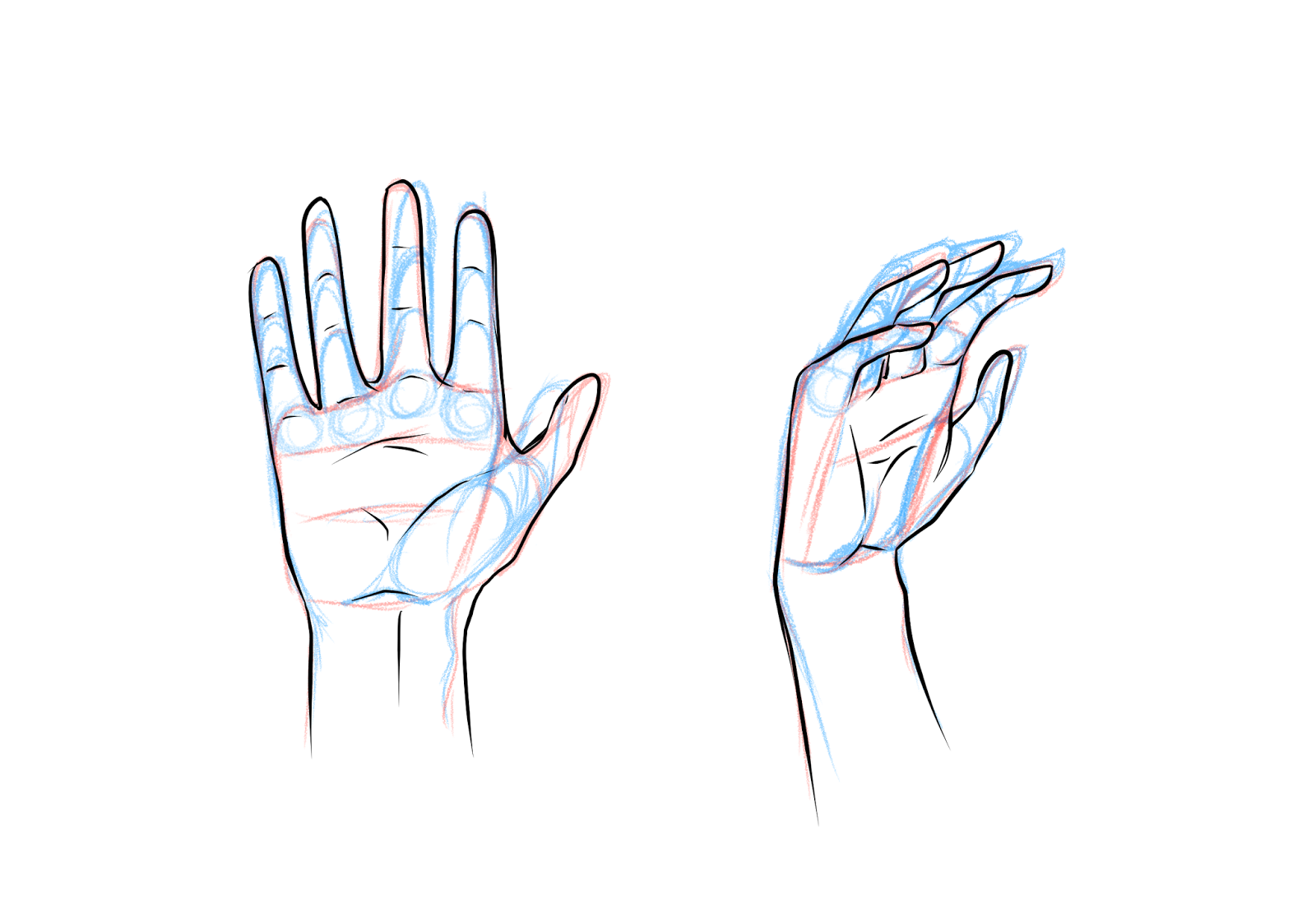
Photo Credit by: bing.com / hand drawing outline hands draw step fingers curved clipart detailed pointy final library
How To Draw Fingers: Hand Tutorials In 2020 | How To Draw Fingers, Hand

Photo Credit by: bing.com / jeyram disegnare zeichnung gesichter
How To Draw A Finger | Step By Step Drawing

Photo Credit by: bing.com / draw fingers step finger drawing hands
How To Draw A Finger | Step By Step Drawing

Photo Credit by: bing.com / step draw fingers finger drawing
